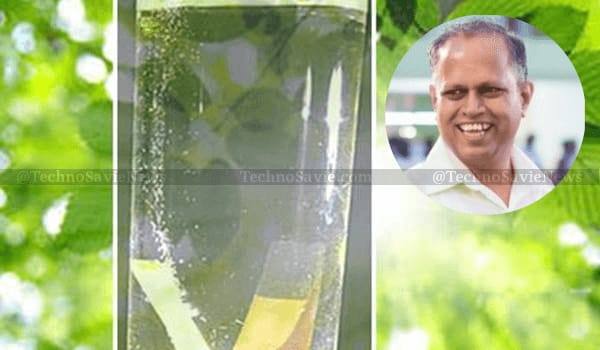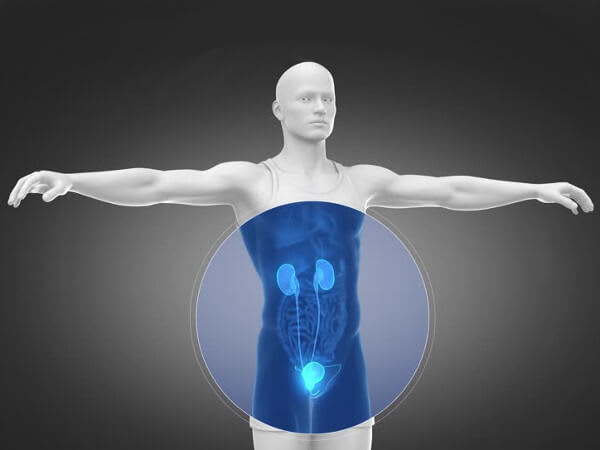
Indian Scientists have developed an artificial leaf that can absorb sunlight like a natural leaf and split water, which makes it potentially useful for generating hydrogen fuel.
The ultra-thin wireless device (or artificial leaf) emulate plant leaves to produce energy using water and sunlight.
Importance of Research

Scientists from the Council of Scientific and Industrial Research (CSIR)-National Chemical Laboratory, Pune, had been working for nearly a decade to split water molecules in order to generate hydrogen.
Chinnakonda S Gopinath , who is principal scientist at CSIR, stated that Hydrogen burning gives energy and water as a side product, underscoring its importance and relevance to the present day world. Though India basked in sunlight, not enough had been done to translate it into energy. Therefore, this line of research is very relevant to our country. India is blessed with plenty of sunlight throughout the year i.e. not exploited significantly to produce energy or hydrogen.
The research is published in the Scientific Reports , an online multidisciplinary, open access journal from the publishers of Nature.
Artificial leaf
The wireless photochemical cell (or Artificial leaf) consists of semiconductors stacked in a manner to simulate the natural leaf system. When visible light strikes the semiconductors, electrons move in one direction, producing electric current.
The current almost instantaneously splits water into hydrogen – which researchers believe is one of the cleanest forms of fuel as its main byproduct is water.
How do researchers created artificial leaf?
To improve the light-absorbing efficiency of the artificial leaf (or wireless photo-chemical cell), researchers used nano-composite made of gold nano-particles, titanium dioxide and specific quantum dots.
The cell was dipped in an aqueous solution and exposed to sunlight. A camera recorded showed instant generation of hydrogen bubbles. The cell exhibited a power conversion efficiency of 5.6% — much higher than a similar wired cell.
When exposed to sunlight for 25 hours, the wireless cell retained its efficiency without any light-induced corrosion. The wireless cell doesn’t need any external voltage and performs better than existing solar cells.
It is interesting to note that the wireless photo-chemical cell of an area of 23cm2 could produce 6 liters of hydrogen fuel per hour.
To be noted: Quantum dots are semiconductor crystals of nano-metre dimensions with properties that depend on the size of the dots.
READ MORE Researchers at IIT Bombay & IIT Indore developed a biosensor that can detect kidney disorders in less than 8 min
Till date, hydrogen is produced from?
At present, hydrogen is produced from fossil fuels by steam reforming and in this process emits a large amount of carbon di-oxide (CO2) – a green house gas that promotes global warming.
Gopinath stated that in view of pressing energy and environmental issues, it was important to produce hydrogen from natural resources such as sunlight and water.
He further stated that in the present work Artificial leaf, they have made an attempt to generate solar hydrogen. The preparation method reported is simple and practicable and hence there is a very good possibility of scaling it up
Future Expectation
Indian scientists expects that in future, such wireless photochemical cells ‘Artificial leaf’ can be integrated with cars to generate and store hydrogen fuel.
This research work has been patented by the Indian scientists and they are looking for industrial partners to move ahead, especially to make bigger-sized devices towards different technical applications.
An artificial leaf that can harness sunlight and split water @csir_ncl https://t.co/r2kG0x2VcX pic.twitter.com/WOuWFRZtnF
— Nature India (@NatureInd) August 27, 2017






